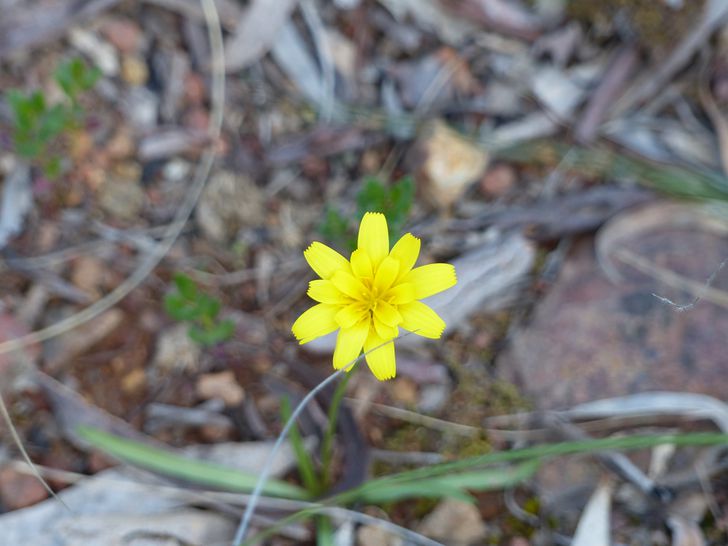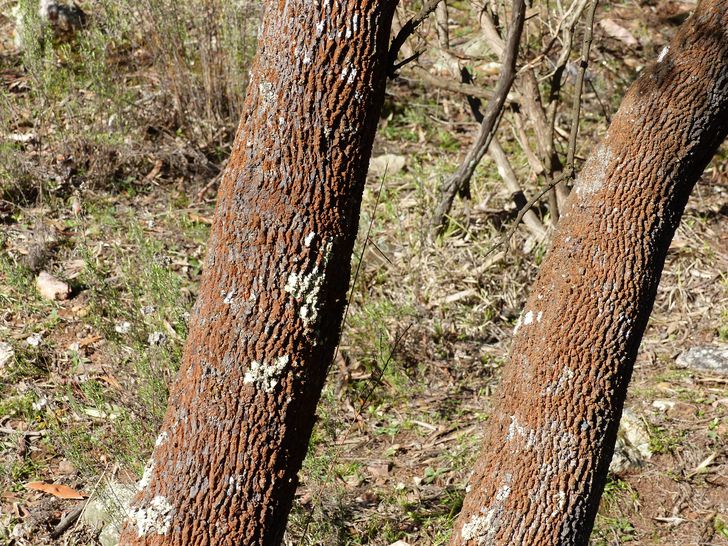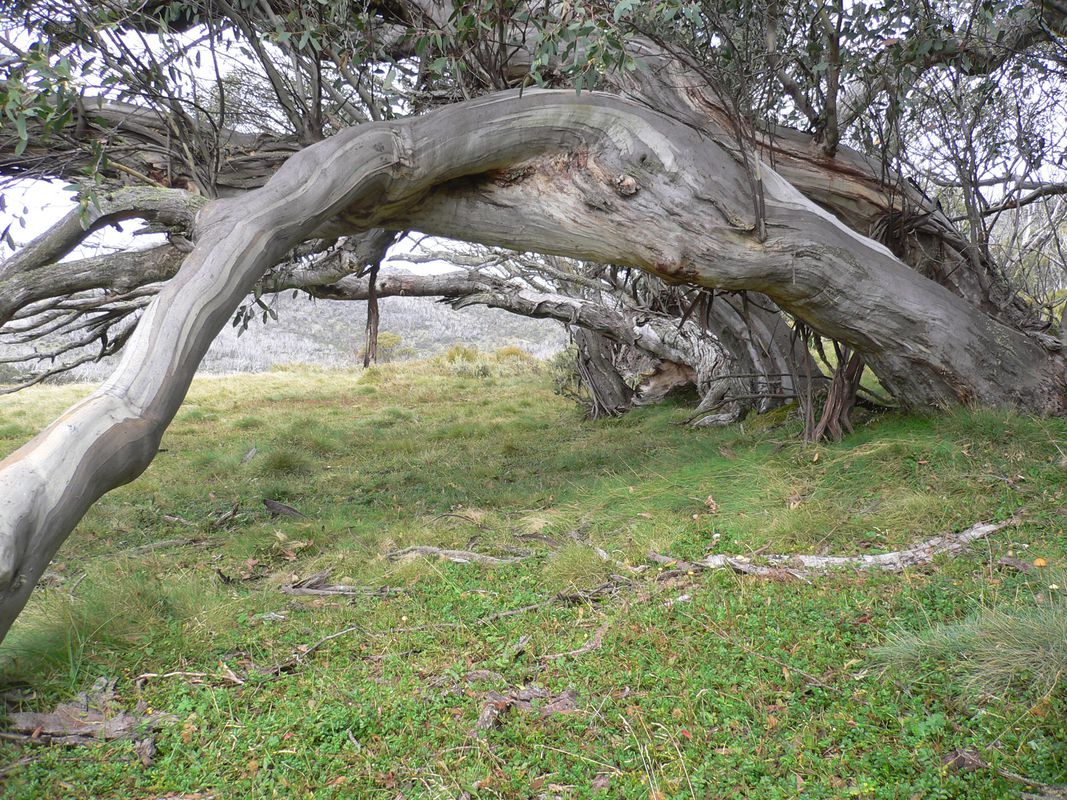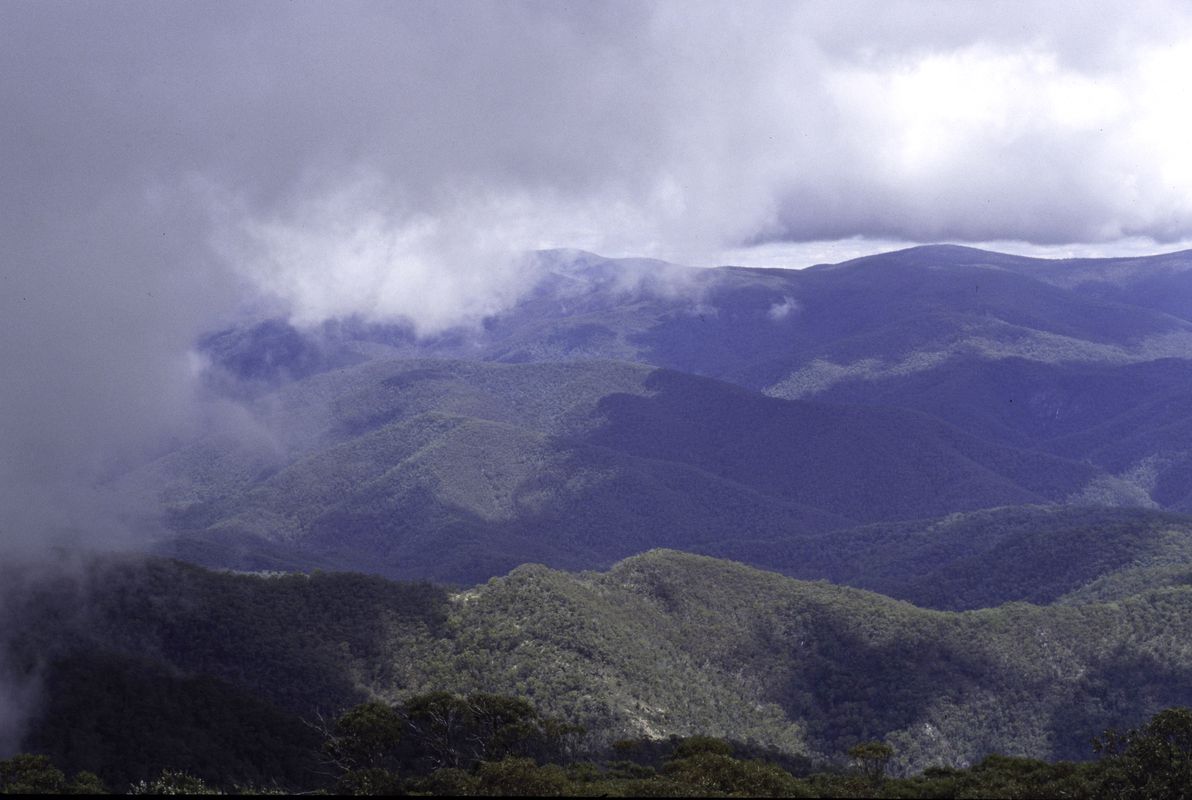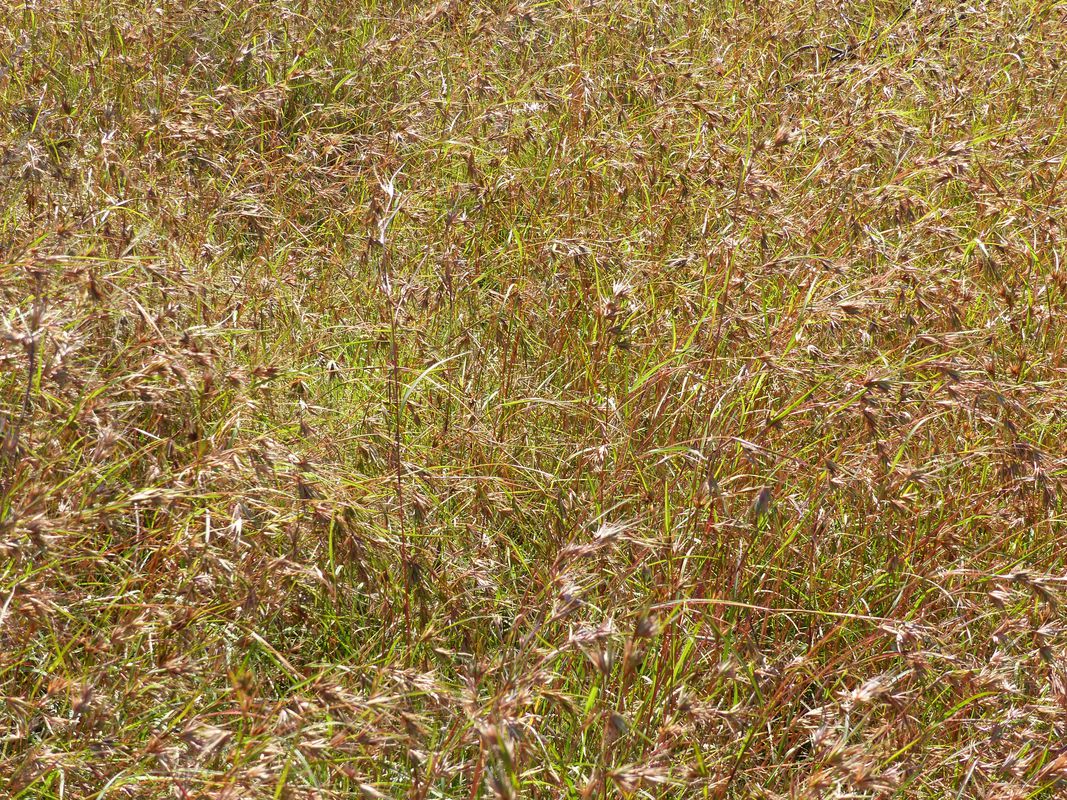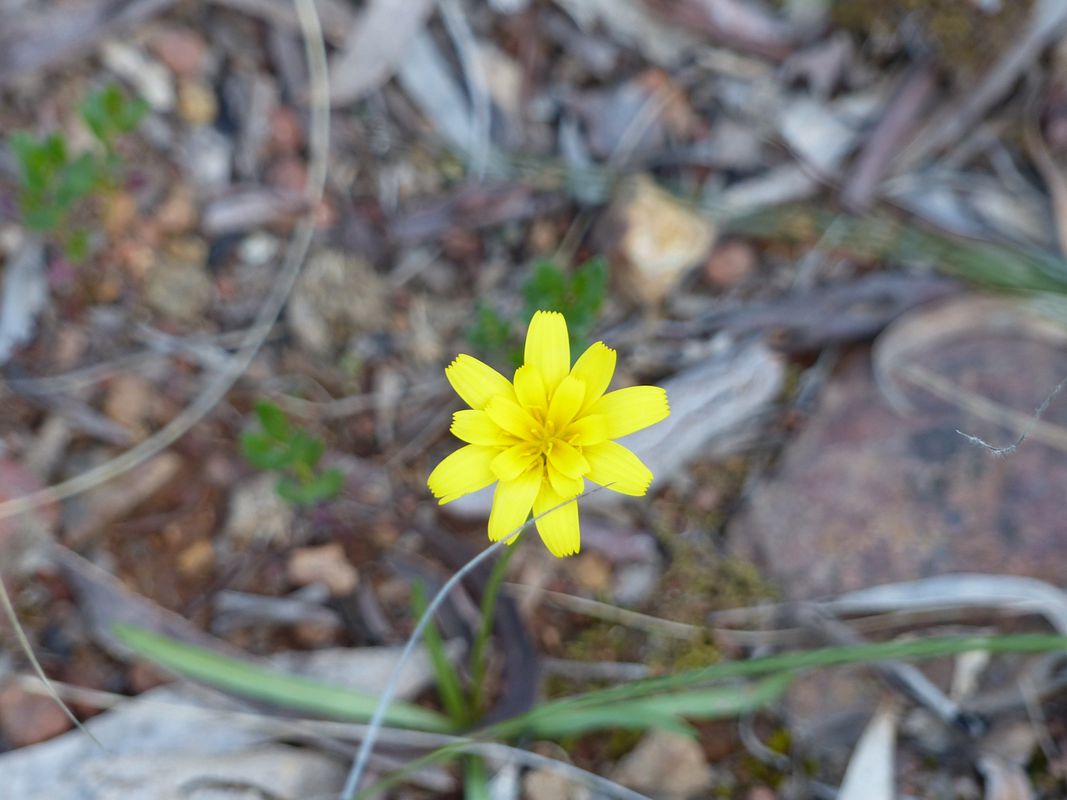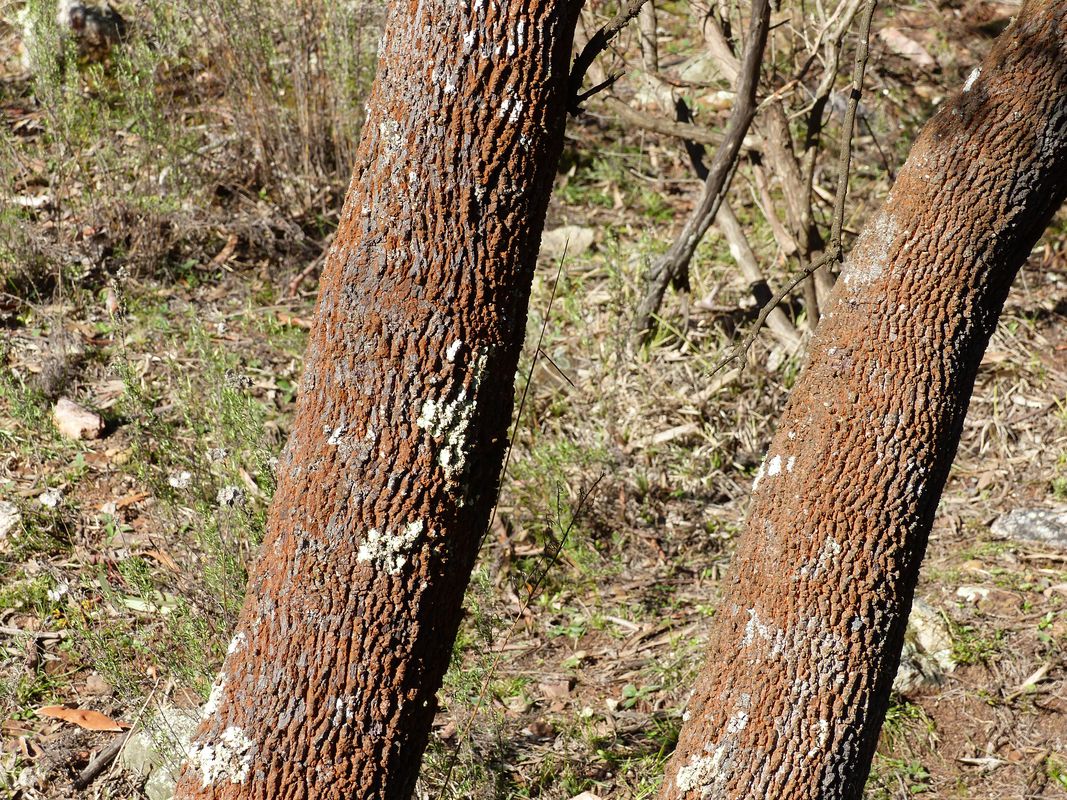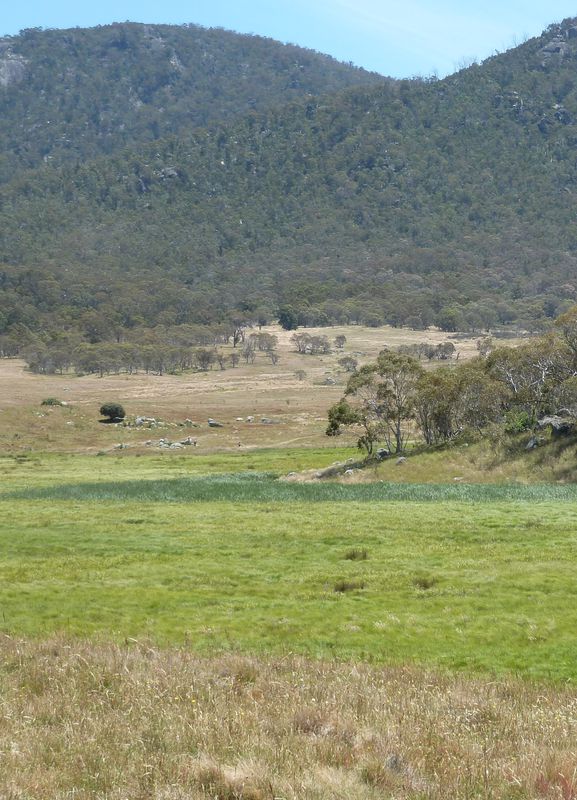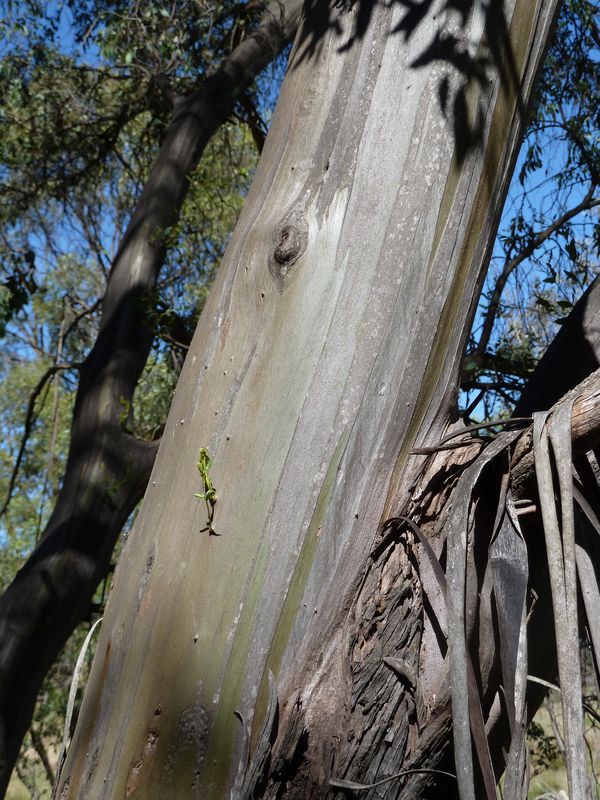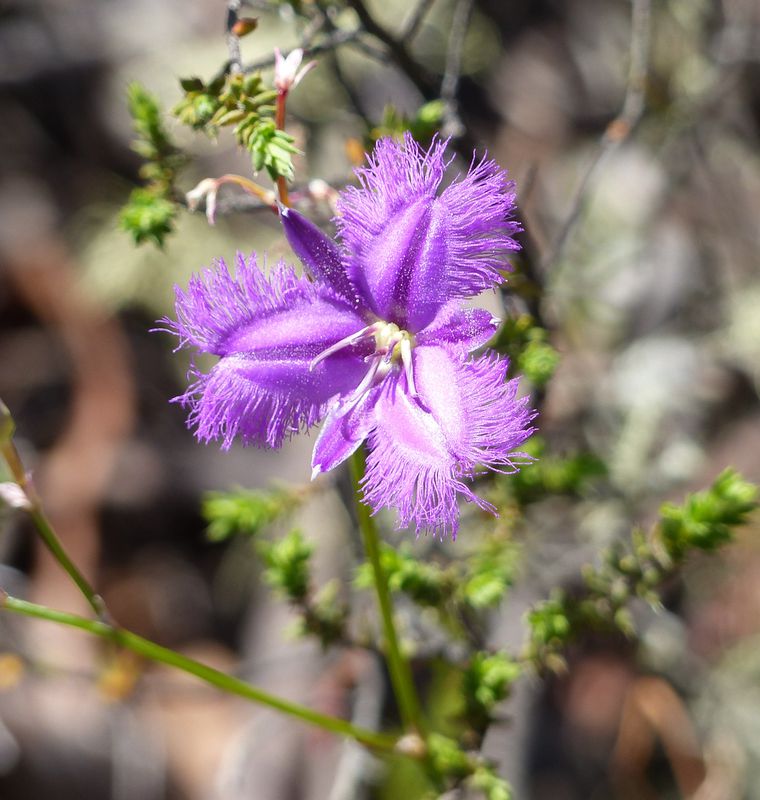When we enter national parks, our relationship with plants is essentially a visual one. We look at plants, sometimes feel them, and some of us study them. So there can be an intellectual and an emotional connection with plants. But of course we cannot use them, as the plants are protected in these conservation estates. For previous generations of both Indigenous and settler Australians in these areas, the relationship between plants and people was very different. It was a utilitarian one. People used these native plants for a range of purposes, and their survival depended on native plants.
In this article we take a wander in Australia’s southeast. Our route from Canberra up into the high country is conservation estate for most of the way. It includes parts of the ACT’s Canberra Nature Park at around 700 metres elevation, the Murrumbidgee River Corridor, Tidbinbilla Nature Reserve, Namadgi National Park, and Kosciuszko National Park in NSW with the nation’s highest point at 2228 m.
A long history
Ngunnawal, Ngambri, Ngarigo and Wolgalu peoples knew this area for thousands of years, while the Gundungurra, Yuin and Wiradjuri visited. Indigenous use of plants, whether for food, tools, ceremony or other purposes, was vast. Knowledge of some of that use has been retained in the excellent book Ngunnawal plant use, compiled by Ngunnawal elders and published by the ACT Government in 2014. Indigenous rangers too keep the knowledge alive and lead walks for visitors. So although the way of life changed hugely for Aboriginal people following contact, many elements of this key aspect of culture have been retained and increasingly are being shared.
Collecting food plants was the work of women and children. Tubers, an important food source, included yam daisies (Microseris lanceolata), known as dharaban in Ngunnawal, mewan in Ngarigo, or murnong. They were cooked for eating, as were tubers of the bulbine lily (Bulbine bulbosa), found in grassy woodlands over an extensive elevational range along our route.
Cherry ballart or native cherry (Exocarpos cupressiformis) – mummadya in Ngunnawal – yielded food and timber for implements. The food was the small red fruit stalks (pedicels) which appear in summer. The tough native cherry timber was used for spear throwers and also by some nations for a cultural device, the bullroarer. Bullroarers were whirled around the head to make a vibrato sound during initiation and burial ceremonies, the sound representing that of a Dreaming ancestor. Bullroarers are found in African, Asian, European and Native American cultures, as well as in Australia.
Grass trees (Xanthorrhoea australis) had multiple purposes and are found in dry sclerophyll forest (forest dominated by eucalypts and wattles), as at Tidbinbilla. Ngunnawal people soaked the plant’s flower spike in water to make a sweet drink, and ate the soft leaf bases and the growing point of the flower stems. Flower stems were also used to make a base for a drill for fire-making, and the resin produced by the species was utilised as a glue in weapon production.
Reeds and rushes may be found along the Murrumbidgee, in Namadgi and Kosciuszko. Indigenous women sought them to weave baskets which were used to carry plant foods. Grasses and fibrous bark were used to make string for nets, bags and mats.
Numbers of plants had medicinal uses. Native geranium (Geranium solanderi) leaves gave relief from burns and blisters, false sarsaparilla (Hardenbergia violacea) leaves made a mouthwash helpful with ulcers and chest infections, and blackwood (Acacia melanoxylon), or nummerak in Ngunnawal, had bark which when heated and infused in water was used for rheumatism.
Other plants were used as a flavour enhancer, like the well named mountain pepper (Tasmannia lanceolata). Cauliflower bush (Cassinia longifolia) was burned to cleanse places or spirits during ceremony.
Yam daisies were an important food for Aboriginal people.
Image: Matthew Higgins
Fire in the landscape
The major land management tool used by Aboriginal people was fire, and it was used to control plants in various ways. The bush was burnt in a mosaic of cool burns to promote grass and attract game for hunting, to flush out prey animals, to stimulate growth of certain plant foods (eg tubers and grass seeds), to maintain access and control fuel, to define territory, and for ceremony. Just as the relationship between Indigenous Australians and plants was intimate, so was the way they used fire in that relationship. ‘Cultural burns’ are being reintroduced by Indigenous rangers in the high country today. As ACT Aboriginal Fire Project Officer Dean Freeman said, ‘We are keen and enthusiastic about reintroducing cultural burns to the Australian Alps to continue a process of maintaining country’. Understanding of Aboriginal use of fire continues to grow, as does Aboriginal use of plants, with writers suggesting Aborigines were not simply gatherers but actively practised agriculture by sowing, harvesting and storing plant foods.
As Europeans settled this part of Australia they learned about some of its plants. Given that settlers brought their food culture with them, little use was made of native plants for food, and the relationship was mostly one of plant utilisation for feeding the stock they grazed and for building the structures that made the Europeans’ life on the land possible.
Native grasses were important sources of food seeds for Aborigines. They also provided the settlers’ first pastures – kangaroo grass (Themeda triandra), which declined in palatability as it matured; the more nutritious wallaby grass (Austrodanthonia); and snow grass (Poa sieberiana) which (like kangaroo grass) responded to burning to bring on new growth. So, burning of grasslands became the norm. Burning by graziers also kept woody plants at bay and grasslands open. So extreme was the practice that its deleterious impact on catchments was a major factor in the NSW Government’s decision to terminate grazing in the highest mountains in 1944 and declare the then Kosciusko State Park.
Native cherry provided useful timber.
Image: Matthew Higgins
Timber trees
Along our route, red stringybark (Eucalyptus macrorhyncha), red and yellow box (E. polyanthemos and E. melliodora) and snow gum (E. pauciflora) were all used for fencing, and stringybark for shed and yard building. Higher up in the mountains, near the majestic cool-climate stands of alpine ash (E. delegatensis), straight-grained ash built many of the huts and homesteads of the mountain people.
A high-country eucalypt with an interesting cultural story is black sallee (E. stellulata). Its name to mountain people was muzzlewood, because it was the desired timber for hand-carving calf muzzles. These oval-shaped plates were hung over the mouths of calves to wean them from cows. So prevalent was the practice that not only did the tree get a local name, but places where the tree grew abundantly were sometimes named after it as well – there’s a Muzzlewood Flat on the Alpine Way.
Commercial use of forests was seen in the Brindabellas during the post-war years when Canberra badly needed construction timber. Logging at Bulls Head saw brown barrel (E. fastigata) felled – initially with axes and crosscut saws, then with chainsaws – and trucked to Canberra sawmills for more than a decade. Few people realize that Namadgi’s mountain forests helped build modern Canberra.
Aboriginal and settler Australians used fire in various ways to manage the land, using fire for cooking and warmth. As Alps bushfires like those of 2003 showed, almost anything in a park will burn if enough heat is applied, but certain fuels are better than others, and Aborigines and Europeans in the mountains selected their firewood accordingly. Apple box (E. bridgesiana) burns very poorly and black sallee makes indifferent firewood. But snow gum, like its lower altitude eucalypt cousin yellow box, burns well.
When Aboriginal people gathered among the peaks to harvest bogong moths and have ceremony and trade with other clans, and when the newcomer Europeans camped with their stock or sat by hut hearths, the sweet smell of snow gum smoke would have been a familiar and satisfying aroma to both.
For these earlier generations, the bush was a place of utilitarian connection, a place where people closely interacted with plants and variously modified the landscapes in which they lived.
This article was originally published in Australian Garden History, volume 28 no 3, January 2017.


